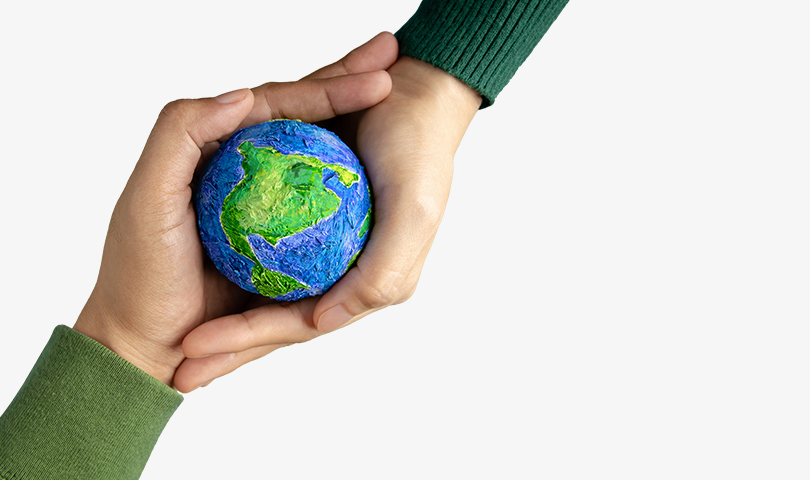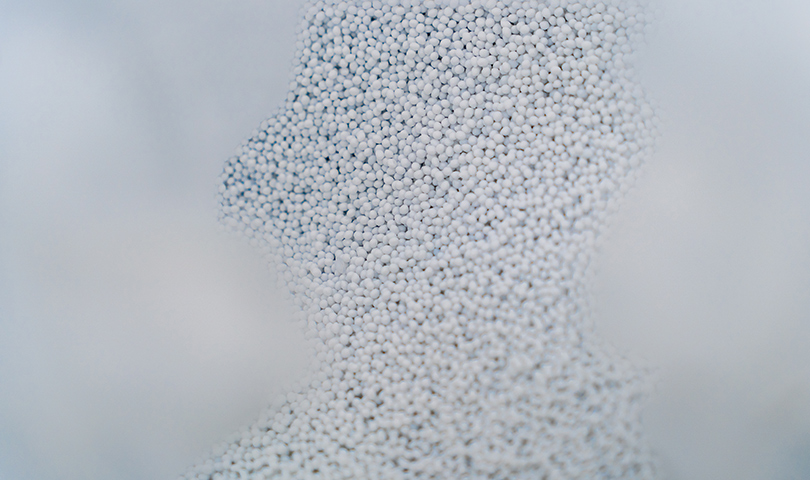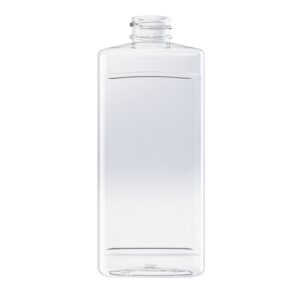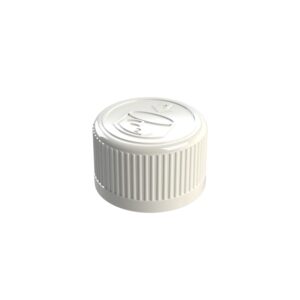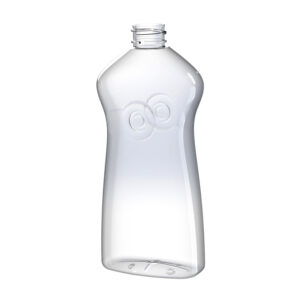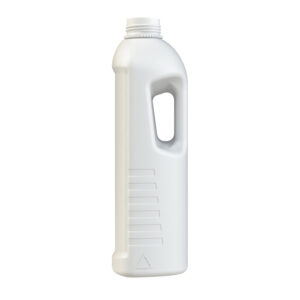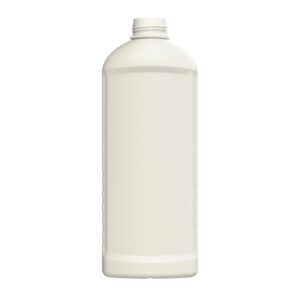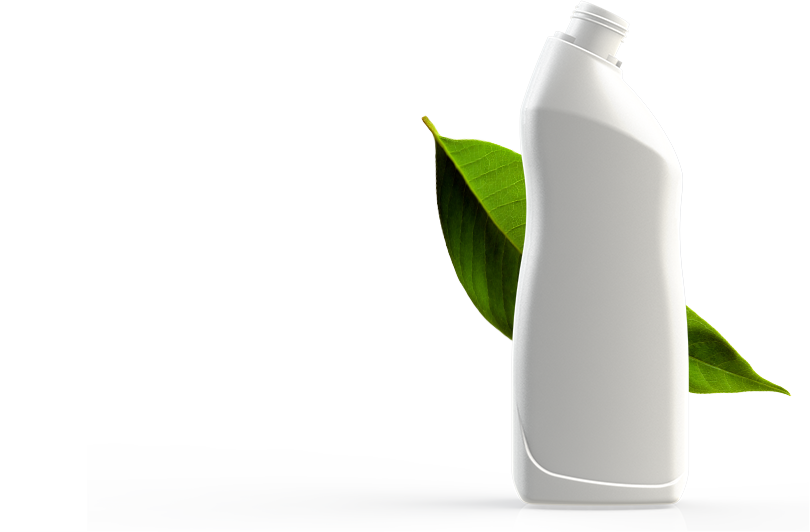
Currently, we are faced with the challenges of climate change, global warming, extinction of species and the degradation of the natural environment. This poses a direct threat to the health and life of humans and various animal and plant species.
One way to reduce this negative impact is using PCR plastics, namely recycled materials, for products and packaging manufacturing, which results in the environmental benefits of carbon savings and resource efficiency. Also, it reduces the demand for virgin raw materials and improves the end-of-life of the materials. The inclusion of PCR into production (at Rosinski Packaging it amounts to 20% of total production) supports the concept of a circular economy.
Post-Consumer Recycled Plastics is a recycled waste made from plastics. As much as 95% of its composition is post-consumer waste. This means that it is produced from used packaging that the consumer has thrown away. Most of this waste comes from households and is considered to pose the greatest threat to the environment. By using PCR plastics, we reduce polluting the forests or water bodies. We also contribute to minimising illegal dumping, thereby preventing the release of harmful toxins into the environment.
The main advantages of using PCR plastics include:
- sustainability,
- reduced consumption of non-renewable raw materials by following a circular economy model,
- reduced CO2 emissions,
- preventing the greenhouse effect,
- PCR material can be recycled multiple times.
Regarding the technology, the process of PCR packaging production is carried out on two types of blow molding machines at our site. These are:
- standard single layer (one layer) machines – where packaging can be produced with any proportion of PCR raw material from 0 to 100% by weight,
- three-layer COEX machines – where PCR is usually the middle layer of the package wall, therefore avoiding contact between the package contents and the PCR raw material used.
PCR plastics is most commonly used for manufacturing:
- HDPE and PET bottles,
- HDPE and PP containers,
- PP closures.
During the production of PCR plastic elements, we are faced with many challenges, such as:
- ensuring product and packaging safety,
- maintaining high quality of packaging,
- assessing the safety and quality of packaging (e.g. assessing contamination).
It is also important to know the limitations associated with the use of PCR plastics, e.g.:
- it cannot be used in the food industry,
- it is not possible to manufacture packaging of any particularly desired colour, as the PCR content is made from a mixture of waste of various colours,
- during production, particular attention must be paid to the correct selection of the type of PCR raw material – it must meet the required quality and strength standards for the specific packaging.
Despite all these challenges and limitations, packaging made from PCR plastics is becoming more and more popular as it is eco-friendly and sustainable. It is currently a very strong trend, setting an important direction in the production of packaging and other plastic products.
